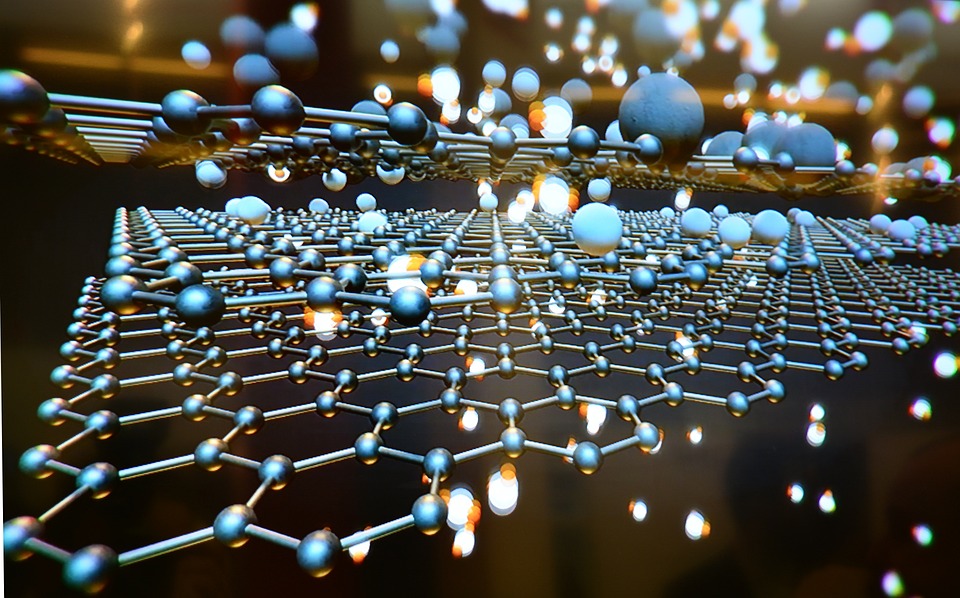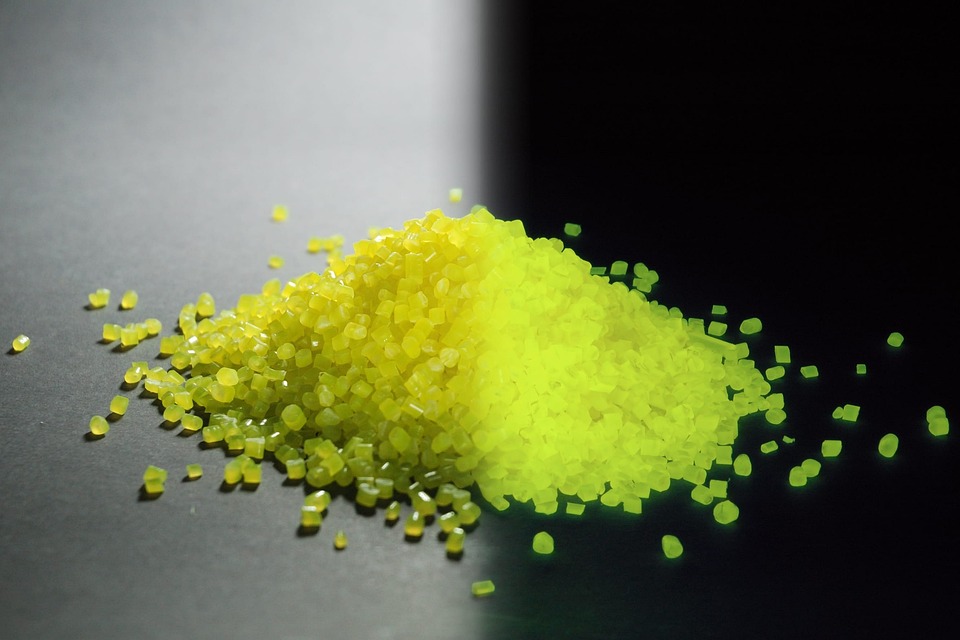Scientific poetry or scientific poetry is a specialized genre of poetry that uses science as its subject matter. Science poets, written by scientists and non-scientists, are generally avid readers who appreciate science and “questions of science.” Science poetry can be found in anthologies, in collections, in science fiction magazines that sometimes include poetry, in other journals and journals. Many science fiction magazines, including online ones, such as Strange Horizons, often publish science fiction poetry, another form of science poetry. Of course science fiction poetry is a somewhat different genre. On the Internet, there is the Science Fiction Poetry Association for those interested in scientific poetry, and for those interested in science fiction poetry. In addition, there is the Ultimate Science Fiction Poetry Guide and the Ultimate Science Fiction Poetry Guide, all of which are online. Strange Horizons has published science fiction poetry by Joanne Merriam, Gary Lehman, and Mike Allen.
As for science poetry, science or science poets such as science fiction poets may also publish collections of poetry in almost any stylistic format. Scientific or scientific poets, like other poets, must know the “art and craft” of poetry, and science or scientific poetry appears in all poetic forms: free verse, empty verse, standard, metered, unmetered, abstract and concrete, ballads, dramatic monologues, narrative, lyrical, etc. , etc. Even metaphysical scientific poetry is possible. In his anthology, The Global Treasury of Physics, Astronomy, and Mathematics, editor Timothy Ferris deftly includes a section entitled “The Poetry of Science.” In the introduction to this section, Ferris states, “Science (or ‘natural philosophy’ from which science developed) has long provided poets with raw material, inspiring some to praise scientific ideas and others to strike back against them.”
Greats like Milton, Blake, Wordsworth, Goethe either praised or “denounced” science and/or a combination of both. This continued into the 20th century with poets such as Marianne Moore, T. S. Eliot, Robinson Jeffers, Robert Frost, Robert Hayden (eg “Full Moon” – “the brilliant challenger of rocket experts”) not to mention many less well-known poets, who nonetheless maintained a poetic response to scientific questions. Ferris states, “This does not mean that scientists should try to imitate poets, or that poets should convert apostates to science….but they need each other, and the world needs both.” Poets have included Walt Whitman (“When I Heard the Learned Astronomer”), Gerard Manley Hopkins (“I am like a guilty slip…”), Emily Dickinson (“Arcturus”), Robinson Jeffers (“Star-Swirls”), Richard Ryan mic Gall”), Diane Ackerman (“Space Shuttle”), and others.
Certainly those who write science poetry like those who write science fiction need not praise all of science, but science is nonetheless the subject, and there is often a greater connection between poetry and science than poets and/or scientists admit. Creativity and romance can be in both, as can intellect and mathematics. Both can be aesthetic and logical. Or it can be both unaesthetic and illogical, depending on the type of science and the type of poetry.
Scientific poetry takes the subject matter from scientific measurements to scientific symbols to time and space to biology to chemistry to physics to astronomy to earth sciences/geology to meteorology to environmental sciences to computer science to engineering/technical sciences. It may also take its subject matter from scientists themselves, from Brahmagypta to Einstein, and from Galileo to Annie Cannon. He might speak to specific types of scientists in general like Goethe’s “True Enough: To the Physical” in Ferris’ anthology. (The later poets mentioned are also from this anthology.)
Scientific poetry may make use of many forms or any form from lyric poetry to narrative to sonnet to dramatic monologue to liberation poetry to light poetry to haiku to flannel, from poetry for children or adults or both, to the world for non-scientists or both. John Frederick Nimes, for example, wrote “The Observatory Poem”. (“The Universe: We like to understand.”) There are poems that rhyme, poems that don’t rhyme. There is “concrete poetry” like Annie Dillard’s “The Windy Planet” in which the poem is in the form of a planet, from “pole” to “pole,” a creative poem. Even “chaos theory” became the subject of poetry as in Wallace Stevens’ book “The Connoisseur of Chaos”.
What about your science and/or science poem? Think of all the techniques of poetry and all the techniques of science. What point of view should you use? third person? First person, dramatic monologue? Does the star speak? Or the universe itself? Do you speak the sound wave? Micrometer? Can you embody radio astronomy?
What are the main themes, rhythms? What forms of speech, metaphors, analogies and metaphors can be derived from science. What is your position on science and these scientific matters?
is reading. check. He thinks. Proofreading. Check again. Do you write about evolution, atoms, and magnetism? From quanta, from galaxies, from the speed of sound, from the speed of light? Kepler’s laws? Do you write about the history of science? Scientific news?
Read all the science you can.
Read as much poetry as you can.
I was a poet.
You are a scientist.
What do you have to say about astronomer, comet, of arcturus, stars, galaxies, molecular evolution, atomic architecture, “Planck time” to hint at other poetic titles.
What does poetry say to science?
What does science say to hair?


0 Comments